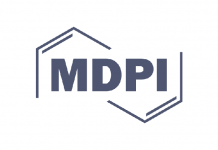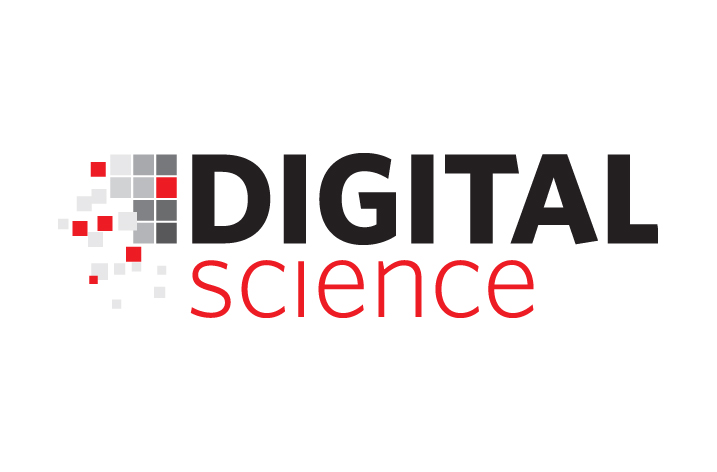Elsevier, a world-leading provider of scientific, technical and medical products and services, today announces the incorporation of MathJaxinto research papers published online on ScienceDirect. Developed through a collaboration of industry associations, MathJax is a new technology for high-quality, crisp display of mathematical symbols and equations on the web.
With the inclusion of MathJax, ScienceDirect can now display high-resolution, fully scalable symbols and equations seamlessly with the surrounding text, improving the readability and interpretation of authors’ research. With this development readers have the ability to magnify equations within an article for closer look, as well as copy and save equations for further research.
“Displaying mathematics and science online is challenging because of limited and inconsistent browser support for web standards such as MathML,” said Peter Krautzberger, MathJax Manager. “MathJax leverages existing web technology such as cascading style sheets and web fonts to provide reliable, clear and accessible rendering. The integration of MathJax within ScienceDirect is a big boost for mathematical and scientific content as it is now displayed natively and accessibly in all articles published in Elsevier journals.”
There are no further requirements for authors, editors and reviewers to benefit from MathJax. As part of the typesetting process, Elsevier converts mathematical symbols and equations included in submitted manuscripts into MathML, theWorld Wide Web Consortium standard for mathematics on the web. MathJax has the capability of displaying the generated MathML, ensuring that past and future articles published online on ScienceDirect can benefit from the enhanced display.
“Technology enhancements such as MathJax on ScienceDirect support our ongoing efforts to improve the ease-of-use of the research we publish and integrate user-friendly solutions,” says Laura Hassink, Senior Vice President Physical Sciences at Elsevier. “We believe this feature will greatly benefit authors, researchers and the mathematics community as a whole.”
The initiative to develop MathJax as a feature was launched in 2009 by the American Mathematical Society, Design Science, Inc., and the Society for Industrial and Applied Mathematics. Elsevier was one of its first supporters making a commitment to support researchers who want to display and read mathematics on the web. Employing MathJax into research papers published online on ScienceDirect further extends this commitment by enhancing the usability and readability of Elsevier’s content to benefit researchers for the long-term.
For more information or to discover the additional benefits of MathJax and learn how to activate MathJax on ScienceDirect go to:www.elsevier.com/physical-sciences/mathematics/mathjax

























